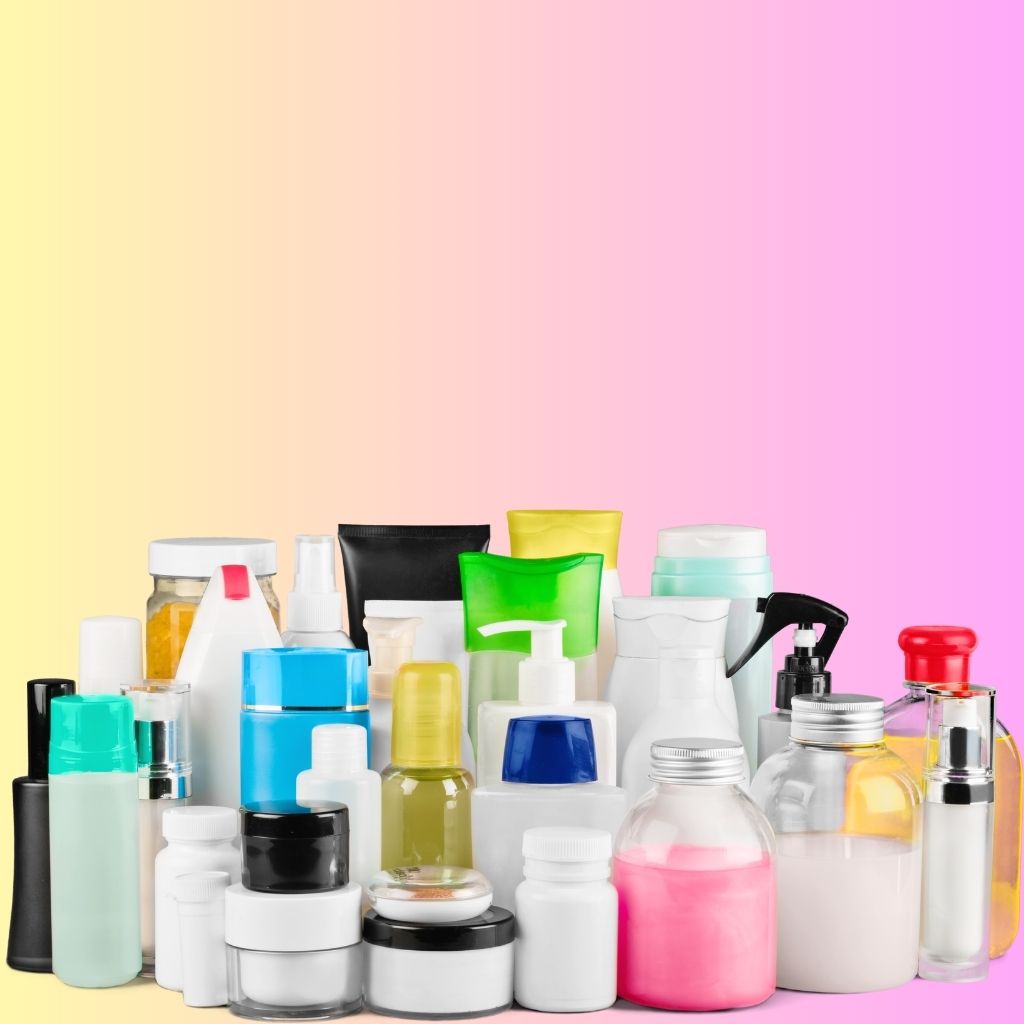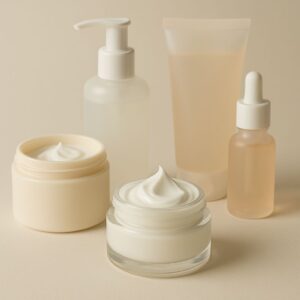No products in the cart.
Return To Shop
Navigating the world of skincare can feel overwhelming, especially with shelves filled with products promising glowing skin, hydration, or anti-aging benefits. One of the most important steps in making informed choices is learning how to read and understand skincare labels. Knowing what goes into your products can not only protect your skin but also help you invest in formulas that truly align with your values and skin needs.
Why Skincare Labels Matter
Skincare labels are more than just marketing tools. They are a roadmap to what you are applying on your skin. Ingredients can have powerful effects, both positive and negative, and understanding them can help you avoid harmful chemicals while embracing products that nourish and protect.
Key Sections to Focus On
Ingredients List
Always start by reading the ingredients list. Ingredients are usually listed in descending order, meaning the first few are present in the highest concentration. Look out for familiar, safe ingredients such as hyaluronic acid for hydration, plant-based oils for nourishment, and antioxidants like vitamin C for brightening. Avoid ingredients known to irritate sensitive skin, such as parabens, sulfates, or synthetic fragrances.
Active Ingredients
Active ingredients are the powerhouse components responsible for the product’s claims. Whether it’s salicylic acid for acne, retinol for anti-aging, or niacinamide for even skin tone, understanding these helps you set realistic expectations. Check their concentration and ensure they are suitable for your skin type.
Certifications and Labels
Look for trusted certifications like cruelty-free, vegan, or organic. These labels give insight into the ethical and environmental standards behind the product. While certifications are not always a guarantee, they can guide you toward cleaner and safer choices.
Expiration Date
Yes, skincare expires. Using products past their expiry can reduce effectiveness and sometimes even cause irritation. Always check the manufacturing and expiration dates to ensure maximum benefits.
Marketing Claims vs Reality
Phrases like “natural” or “clean” are widely used, but they don’t always have a regulated definition. Instead, focus on the ingredients and certifications rather than the marketing language. This ensures you are not misled by trends or buzzwords.
Tips for Decoding Labels Efficiently
Keep a small reference list of ingredients you want to include and avoid
Prioritize products with shorter, simpler ingredient lists
Understand your skin type and its unique needs before selecting products
Research unfamiliar ingredients before incorporating them into your routine
Understanding skincare labels is an empowering step toward better skin health. It helps you make choices that align with both your skin’s needs and your ethical values. Taking the time to read and decode labels may seem tedious, but it transforms the way you shop and care for your skin, ensuring every product in your routine truly earns its place.
When exploring clean beauty, remember that knowledge is your greatest tool. The right choices today can lead to healthier, happier skin tomorrow.









Add comment